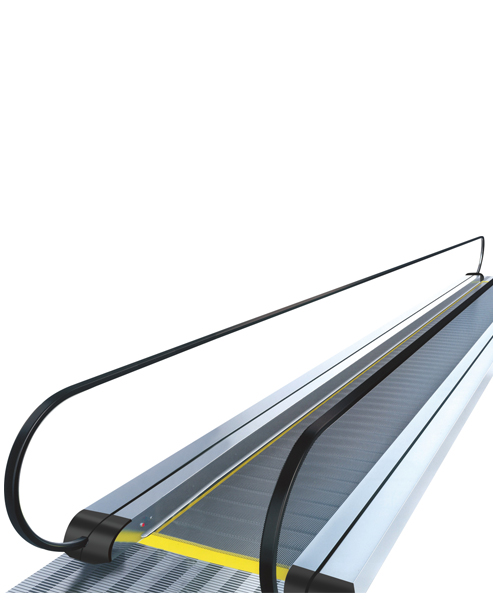China Glass Lifts Manufacturers,Food Elevators Suppliers +86-572-3305657
China Glass Lifts Manufacturers,Food Elevators Suppliers +86-572-3305657
A Closer Look at the Escalator The invention of an esca […]
A Closer Look at the Escalator
The invention of an escalator dates back to the nineteenth century. The first escalator was designed by Reese Williams, a carpenter from Wales. He didn't patent the idea until he had a working prototype and discussed it publicly. Then, in 1899, his carpentry shop burned down, and he went on to sell the escalator idea to the Otis Elevator Company.
The escalator handrail is made of metal or sandwich panels, while the actual mechanism is composed of a chain system and a truss. The chain system moves upward and downward through a series of gears, creating a level platform for passengers. An escalator handrail is a composite material that is both durable and easy to maintain. Here's a closer look at each of the types. Here are some important facts about escalators.
The handrail has handrail speed sensors, which detect the difference in speed between the handrail and the steps. A hard fault is generated inside the escalator controller when something becomes caught between the handrail and the opening. If something does get caught in between these two points, the escalator shuts down. The escalator's skirt brush keeps loose clothing from a dangerous gap. It also discourages people from standing too close to the edge.
Construction of an escalator begins with the design. The manufacturer uses the information provided in the design to construct customized equipment. The stair assembly and motorized gears are then bolted into place on the truss. After that, the landing area is prepared for the escalator. Once the bottom and top landing areas are finished, the steel framework of the escalator is attached. In addition, the steel truss is attached to the truss.
The width of the escalator's steps is important. They should be wide enough to accommodate two people side by side. That way, there will be no interference with the flow of people. The width of the step should also be sufficient for one person to pass another person without having to stop. Also, make sure to choose an escalator with a minimum of three-foot-deep handrails. The dimensions of an escalator are important for the building professional to consider. An incorrectly installed escalator could compromise the building's efficiency or even lead to accidents.
The primary benefit of an escalator is its ability to move large amounts of people quickly. They don't require a waiting period, so they are often much more convenient than lifts. And they can be placed in the same space as a staircase. In addition, an escalator is more comfortable and practical than a lift, as people can walk up and down the steps. The first escalator was patented in the mid-19th century by two Americans. Escalators can be used in malls, shopping centers, and even in offices.
While safety is a top priority, accidents can occur. As with any moving vehicle, escalators can get caught in clothing, including loose saris. When this happens, the escalator's machinery can be damaged. Because of this, a sari guard is usually built into escalators in India. Escalators are designed to avoid entanglements with loose clothing, so saris are protected with sari guards.

Please leave your Email or phone nomber, so we can contact you as soon as possible.